-
Troppo Plant & Garden Articles
- Te Puke Region
- TROPPO’s Food Forest in Te Puke, BOP (www,foodforest.org.nz)
- Troppo’s Plant Collection
- TROPPO's Nursery Directory
- Food Forests of New Zealand (www.foodforests.nz)
- Nursery Map - Plant Suppliers of NZ Directory (www.nurserymap.nz)
- Kids Garden Corner
- New Zealand Garden Bird Survey
- New Zealand Garden Groups
- Delicious Recipes
The Fluffy Foe: Battling Woolly Mullein – Verbascum thapsus in New Zealand
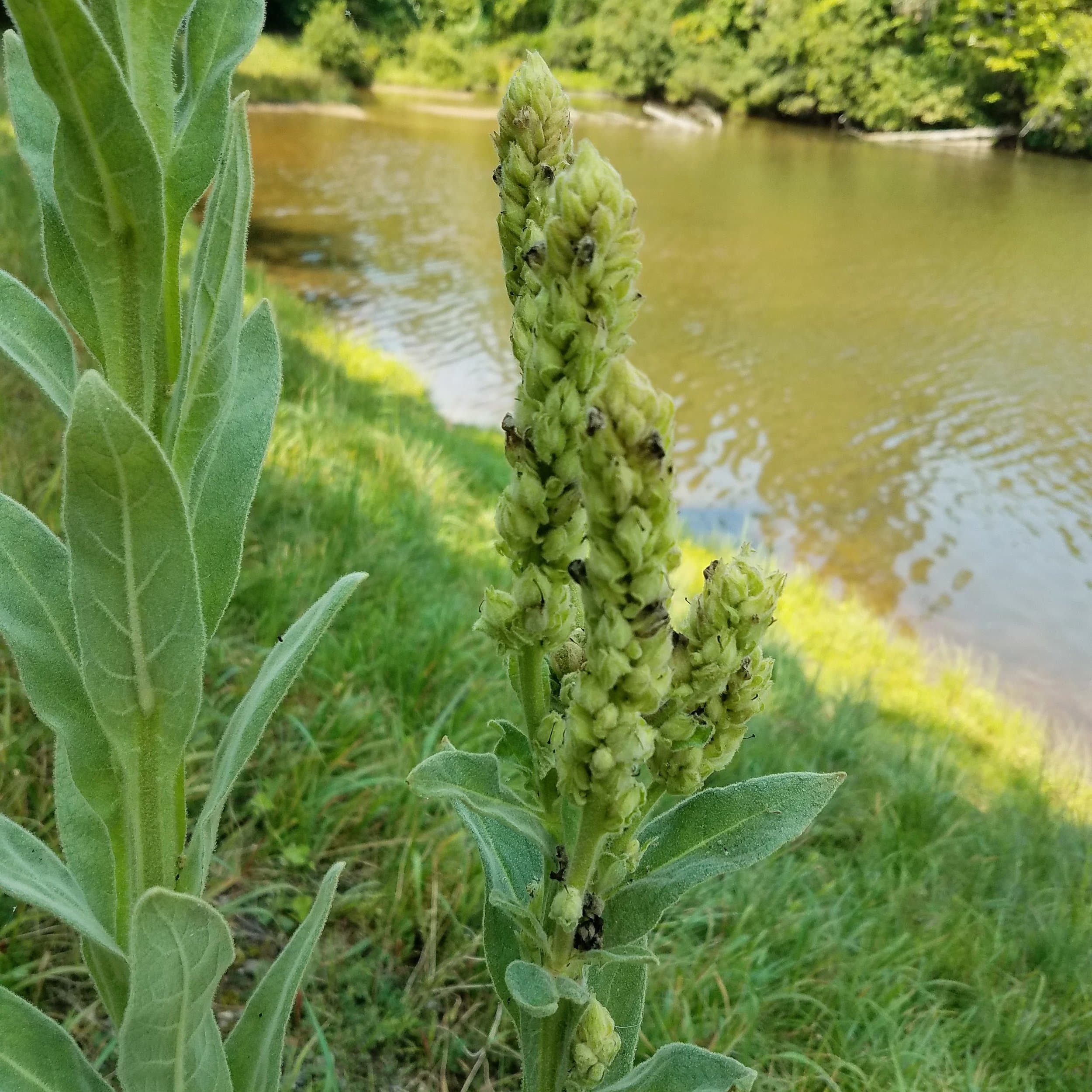
Hello, fellow gardeners and nature defenders! 🌿 Today, we’re turning the spotlight on a plant that might look soft and innocent but is causing big problems across New Zealand: Woolly Mullein, or Verbascum thapsus. This tall, fuzzy invader with its bright yellow flowers is more than just an unusual sight in our fields and gardens. Let’s dive into why Woolly Mullein is considered an invasive pest and why it’s crucial to manage and remove it.
Meet Woolly Mullein: The Velvet Intruder
Originally from Europe and Asia, Woolly Mullein has spread to many parts of the world, including New Zealand. Its botanical name, Verbascum thapsus, might sound elegant, but this plant is anything but a welcome guest.
Woolly Mullein is recognized by its tall, spire-like flowering stalk that can reach heights of up to 2 meters. Its large, velvety leaves form a rosette at the base, and the entire plant is covered in a dense layer of woolly hairs, giving it a soft, fuzzy appearance. The bright yellow flowers bloom densely along the stalk, making it a distinctive and eye-catching weed.
Why Woolly Mullein is a Threat to New Zealand’s Ecosystem
Despite its fluffy exterior, Woolly Mullein poses several serious threats to New Zealand’s natural environments. Here’s why it’s considered a problem:
- Rapid Growth and Spread: Woolly Mullein can grow quickly and produce thousands of seeds per plant. These seeds can remain viable in the soil for decades, allowing the plant to spread rapidly and colonize large areas.
- Displacement of Native Species: As Woolly Mullein establishes itself, it outcompetes native plants for light, nutrients, and space. This leads to a decline in biodiversity and alters the balance of ecosystems.
- Impact on Pastures: In agricultural settings, Woolly Mullein can become a significant weed, reducing the quality of pastures and forage for livestock. Its dense rosettes can also hinder the growth of desirable pasture species.
- Soil Disturbance: Woolly Mullein thrives in disturbed soils, such as roadsides, construction sites, and overgrazed pastures. Its presence can exacerbate soil erosion and degradation, further impacting the environment.
- Fire Risk: The dense, dry foliage of Woolly Mullein can increase the risk of wildfires, especially in dry conditions. This poses a danger to both natural habitats and human communities.
Version 1.0.0
How to Identify Woolly Mullein
Spotting Woolly Mullein early is key to controlling its spread. Here’s how to identify Verbascum thapsus:
- Leaves: Look for large, soft, and velvety leaves that form a rosette at the base of the plant. The leaves are covered in fine, woolly hairs and can grow up to 50 cm long.
- Flowers: The tall, central stalk is densely packed with bright yellow flowers that bloom from late spring to early autumn. Each flower has five petals and a distinct, tubular shape.
- Growth Habit: Woolly Mullein grows as a biennial, forming a rosette of leaves in the first year and a tall flowering stalk in the second year. It can reach heights of up to 2 meters or more.
How to Remove Woolly Mullein from Your Land
Managing Woolly Mullein requires persistence and the right approach. Here’s how you can tackle this invasive plant:
- Manual Removal: For smaller infestations, hand-pulling or digging up the plants is effective. Ensure to remove the entire root system to prevent regrowth. Wear gloves to protect your hands from the prickly hairs.
- Cutting and Mowing: Regularly cutting or mowing Woolly Mullein before it sets seed can help reduce its spread. This method is particularly useful in pastures and large open areas.
- Herbicide Treatment: Applying herbicides to the rosettes or flowering stalks can help control larger infestations. Spot-treating the plants is often the best approach to minimize impact on surrounding vegetation.
- Prevent Seed Spread: Removing flowering plants before they set seed is crucial to preventing the spread of Woolly Mullein. Dispose of the cut plants properly to avoid scattering seeds.
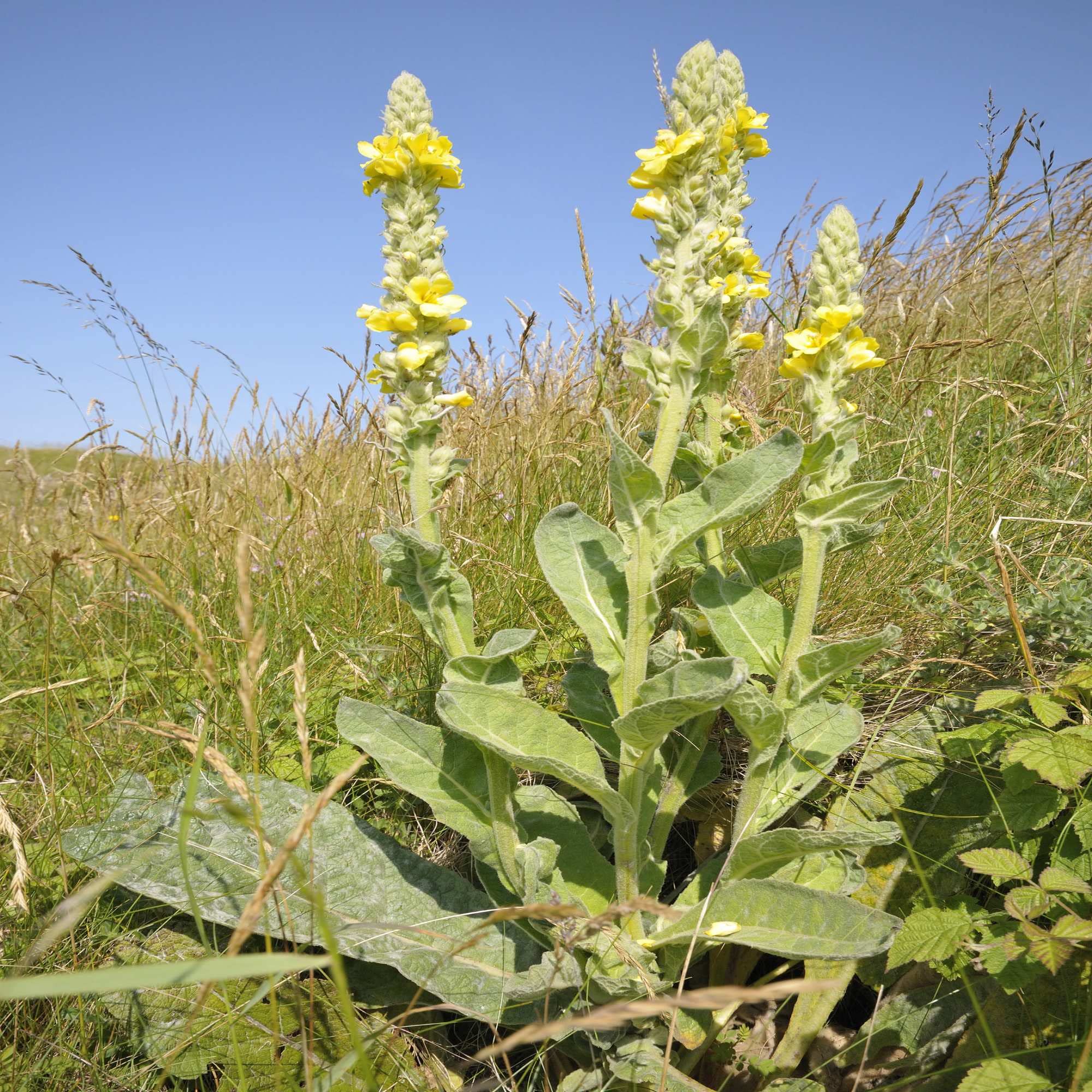
Why Your Efforts Matter
Controlling and removing Woolly Mullein is essential for protecting New Zealand’s unique ecosystems and agricultural productivity. By managing this invasive plant, you’re helping to preserve biodiversity and maintain healthy, vibrant landscapes.
Join the Fight Against Woolly Mullein
Ready to take action against this fluffy foe? Whether you’re tackling a few plants in your garden or participating in larger conservation efforts, every bit of effort makes a difference. Together, we can keep New Zealand’s landscapes beautiful and free from this invasive menace!
Happy weeding, and let’s show Woolly Mullein who’s boss! 🌿🪓

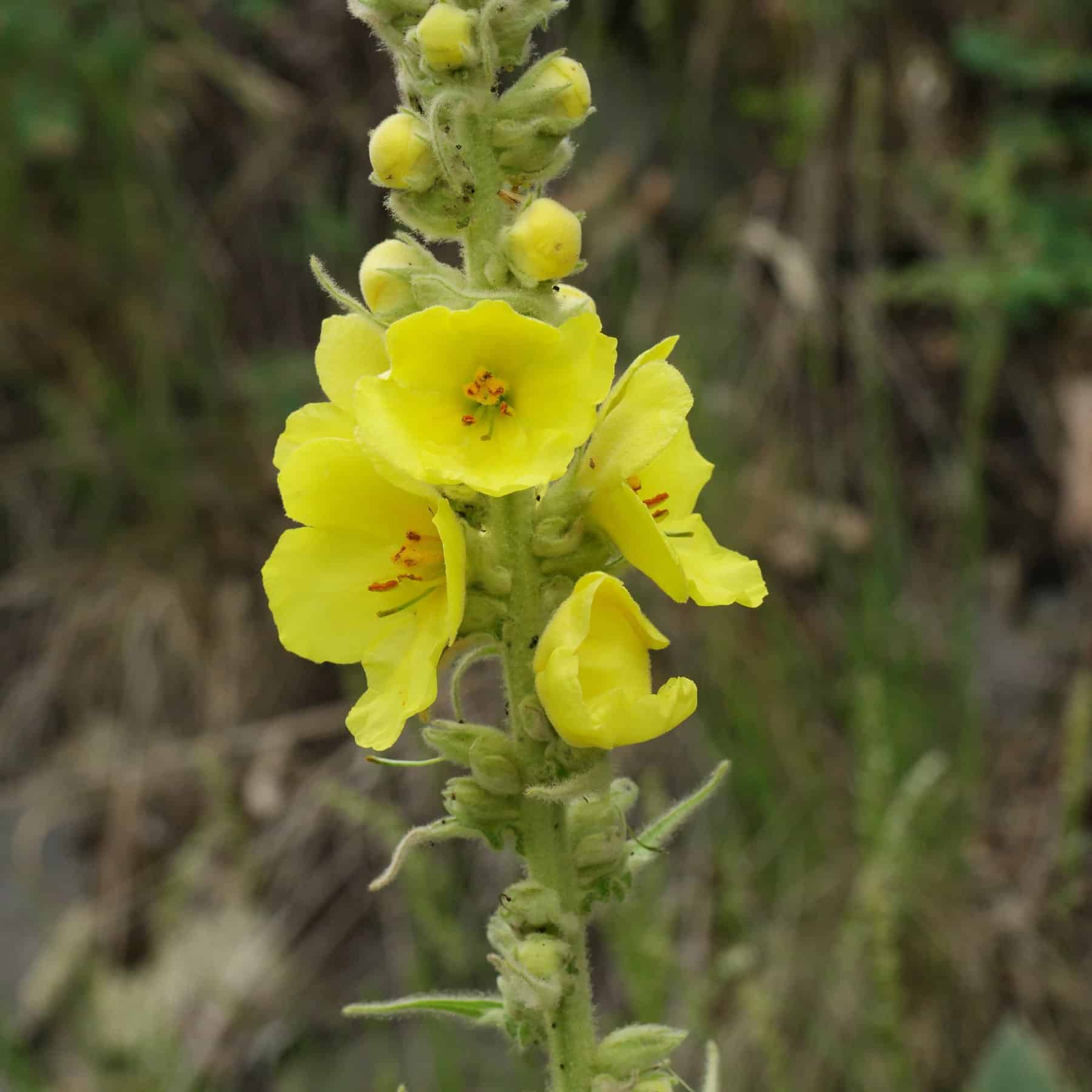
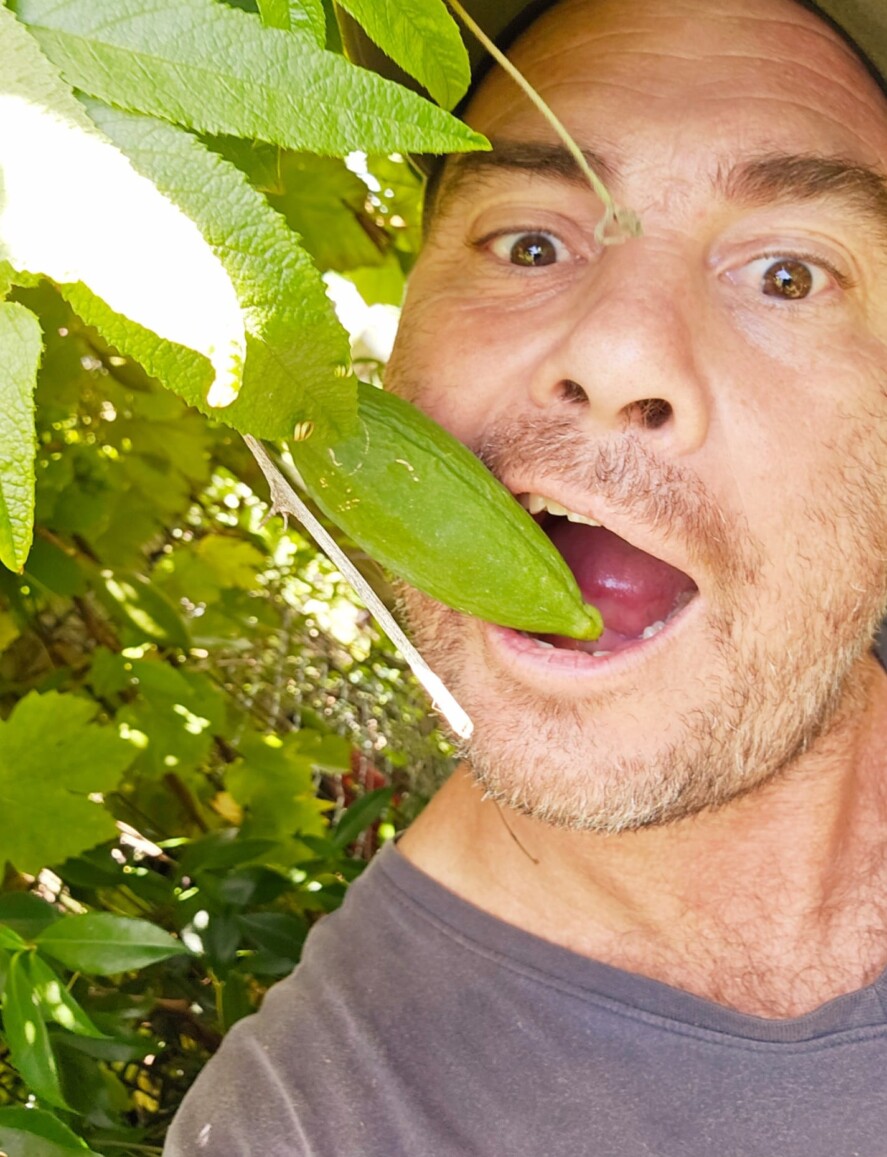


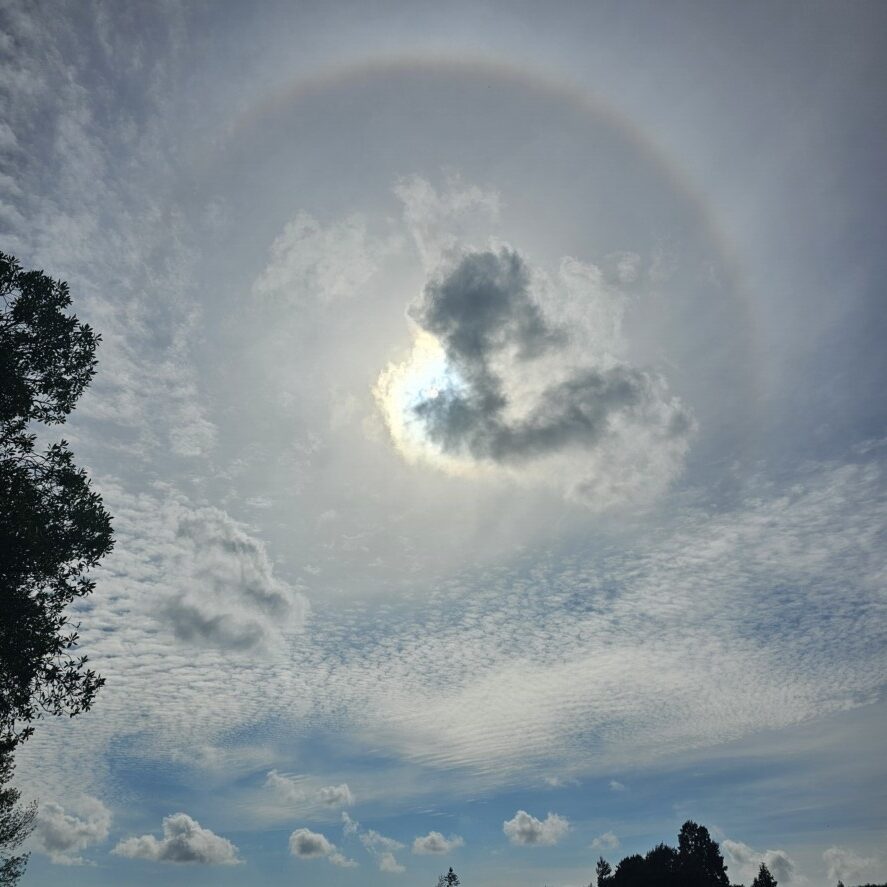
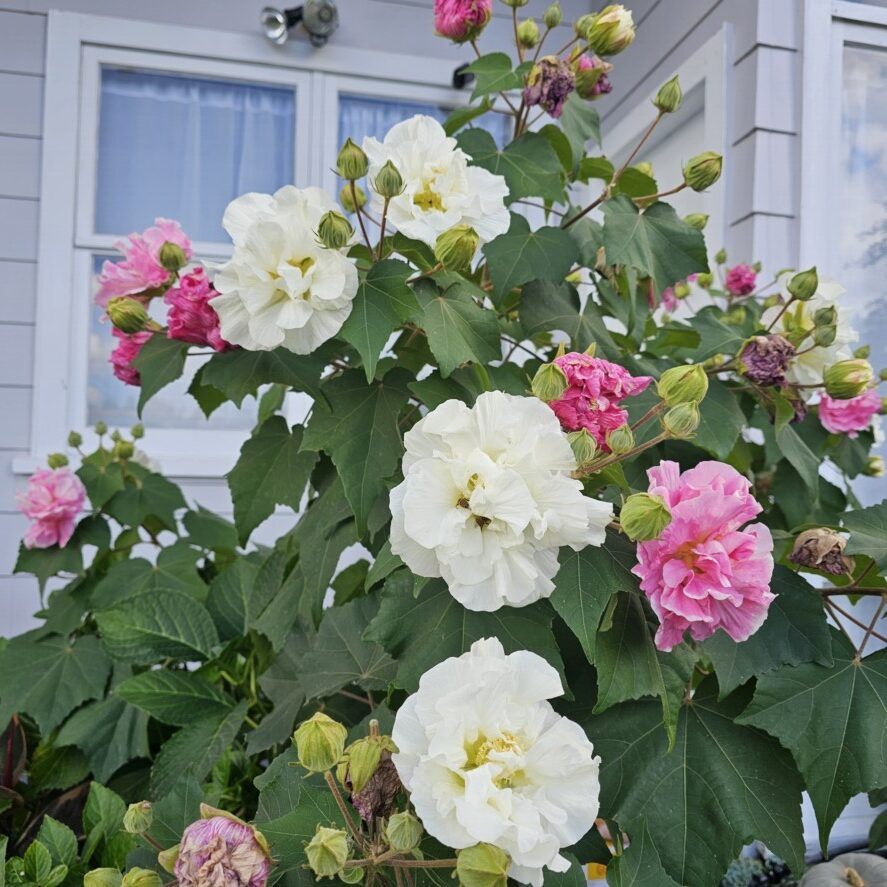

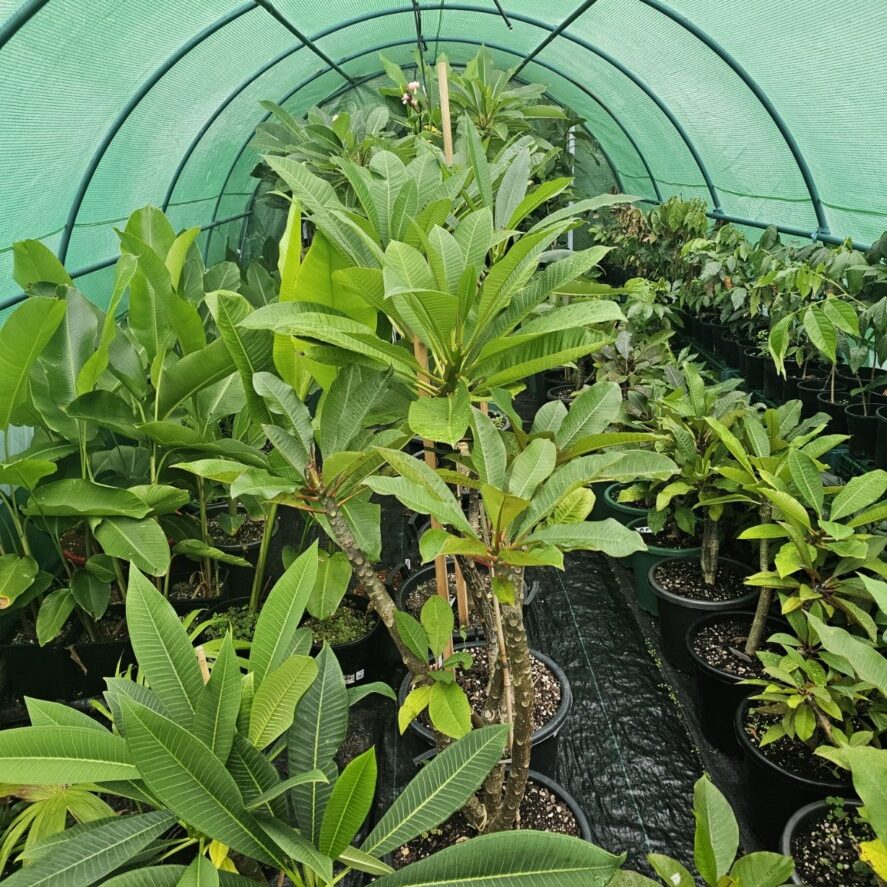
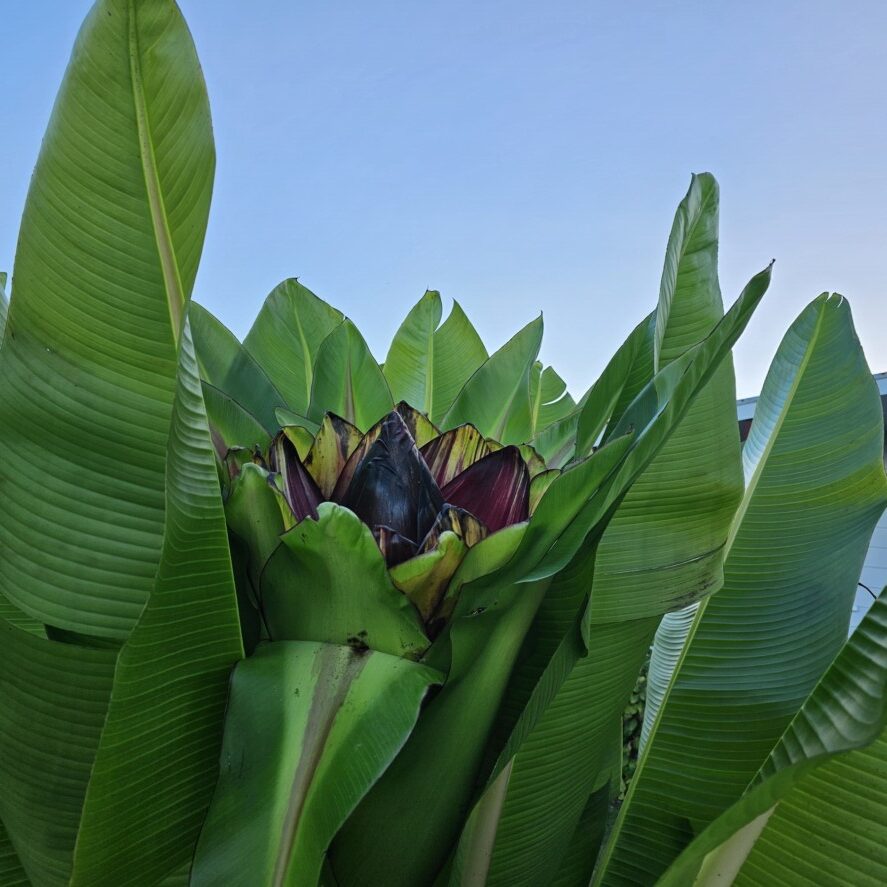
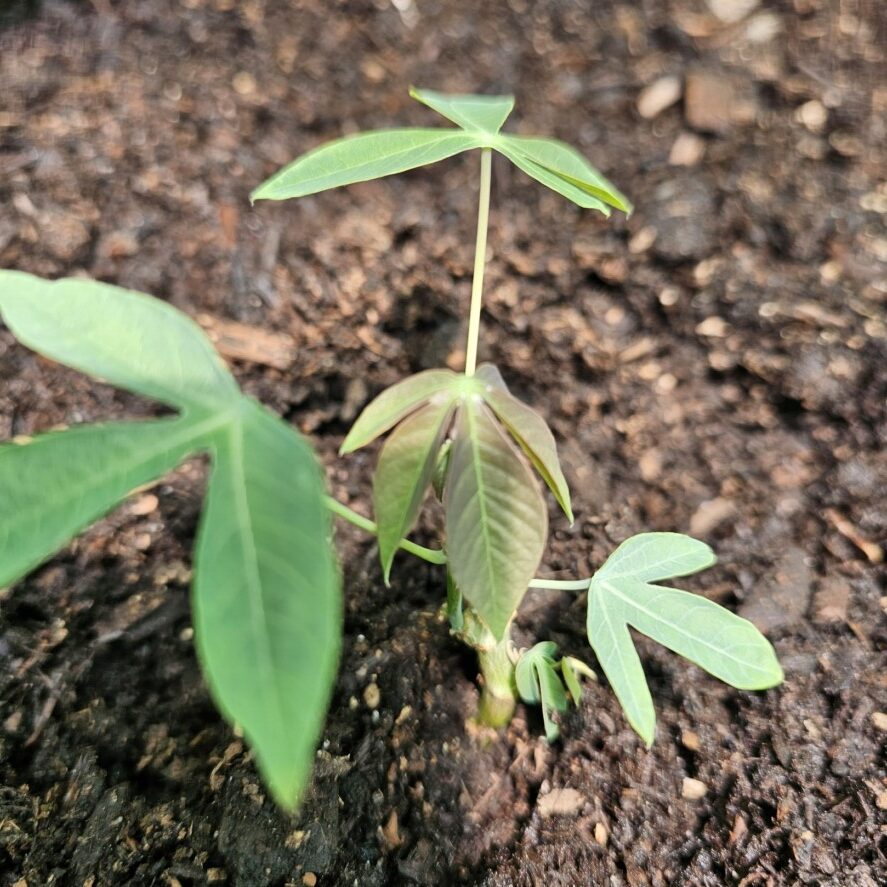
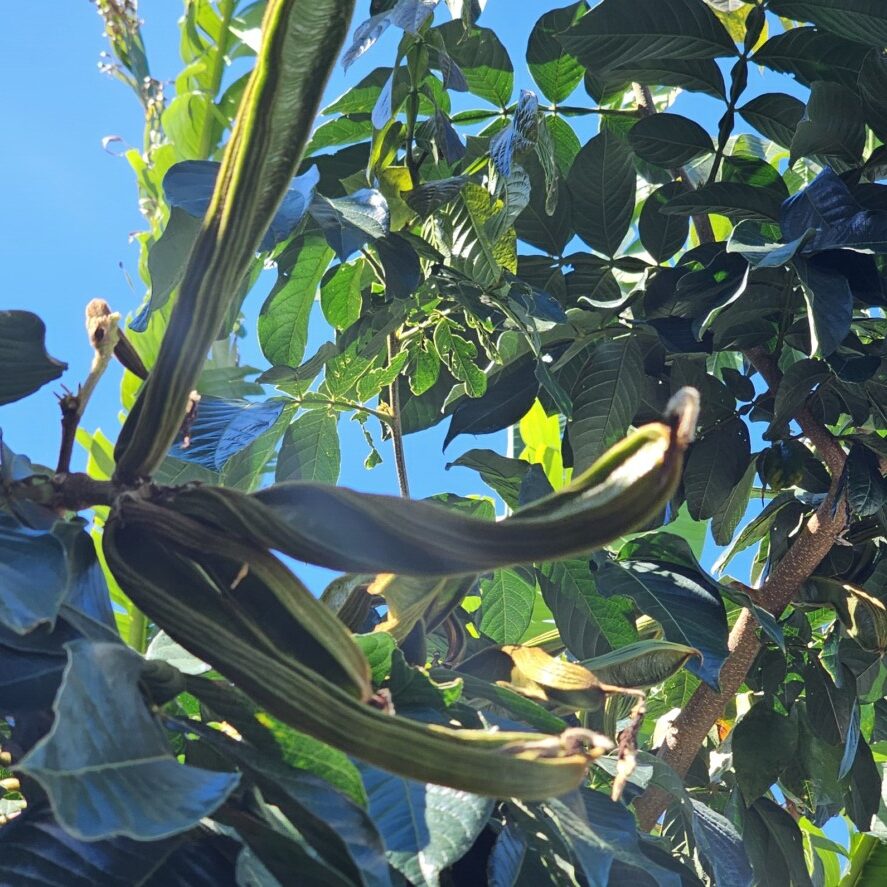

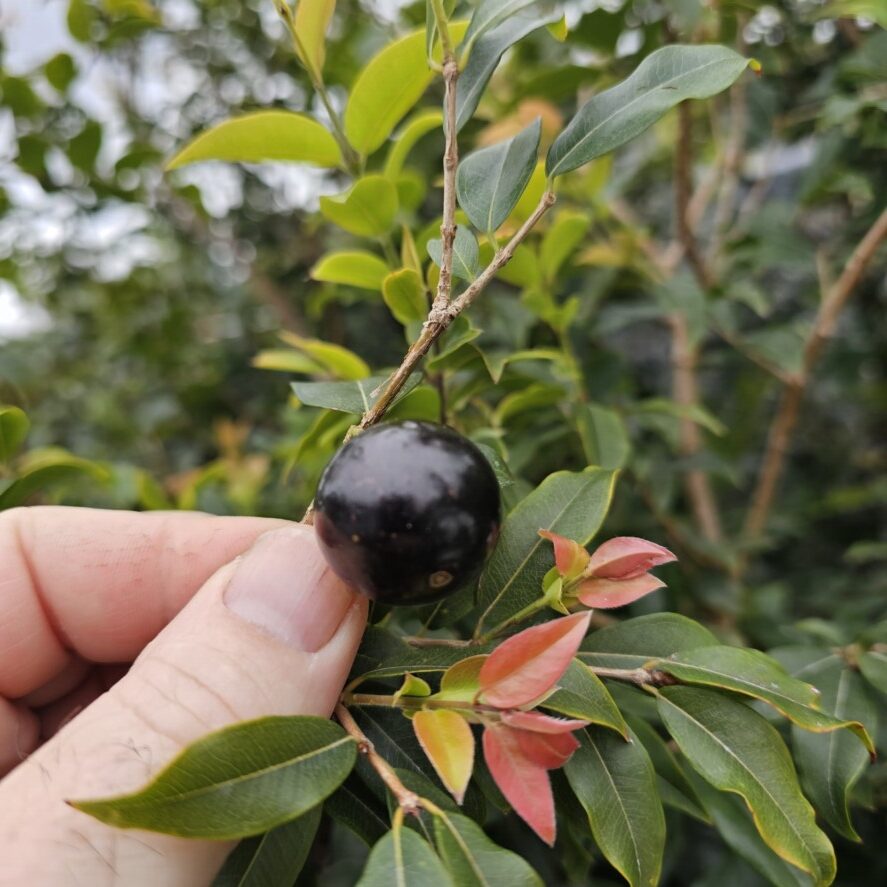


The fire risk posed by Woolly Mullein is concerning. It’s good to know that there are methods to control its spread effectively.
I appreciate the identification tips provided in the article. It’ll help distinguish Woolly Mullein from other plants in the area.
This article was very informative for someone new to gardening like me. I now know what to look out for and how to deal with Woolly Mullein.
Thanks for the detailed information! I didn’t realize how much of a threat Woolly Mullein could be. I’ll definitely keep an eye out for it in my garden.
It’s interesting to learn about the impact of Woolly Mullein on New Zealand’s ecosystems. The tips on how to manage and remove it are quite useful.